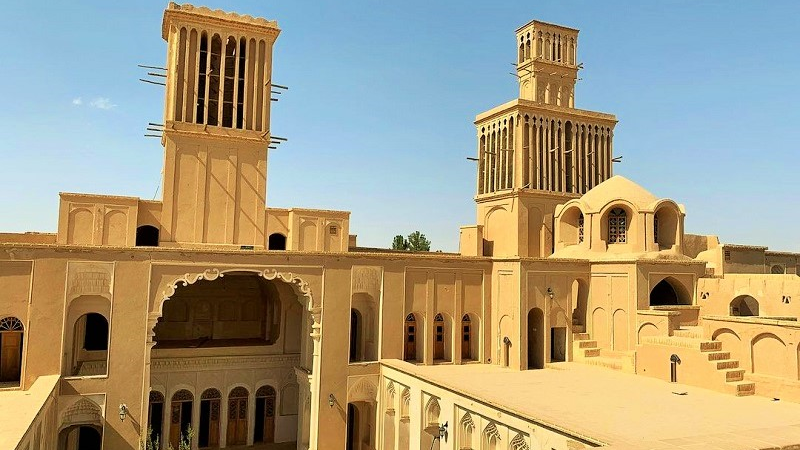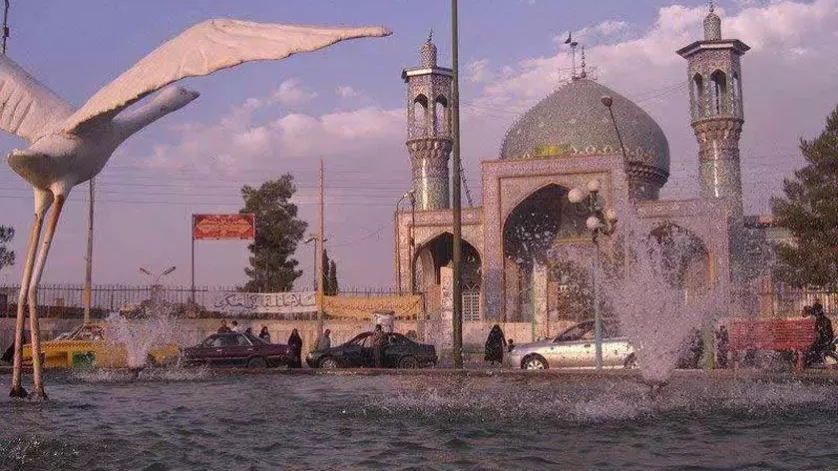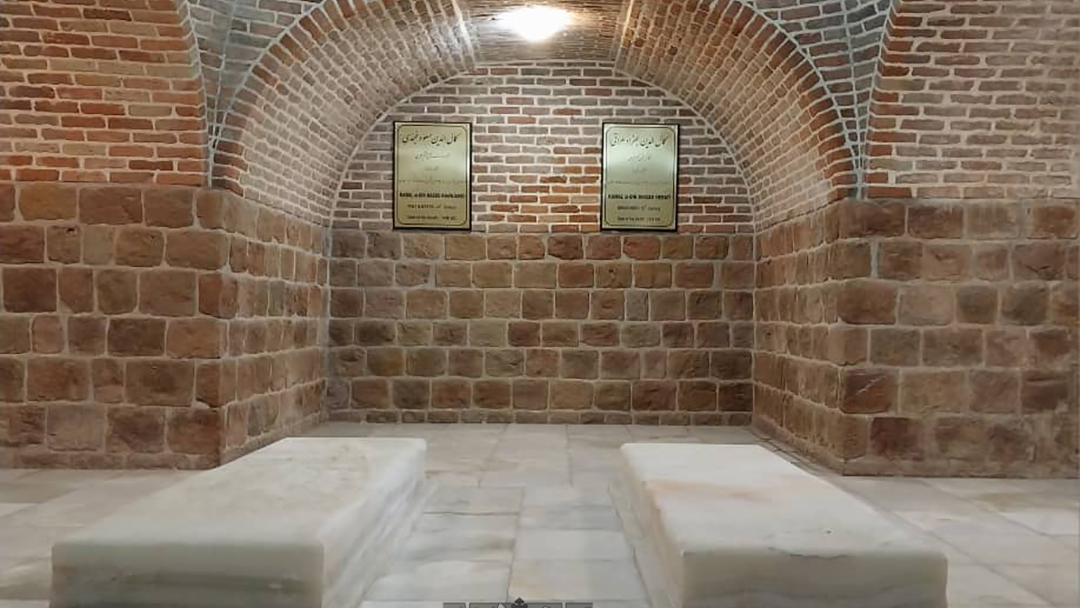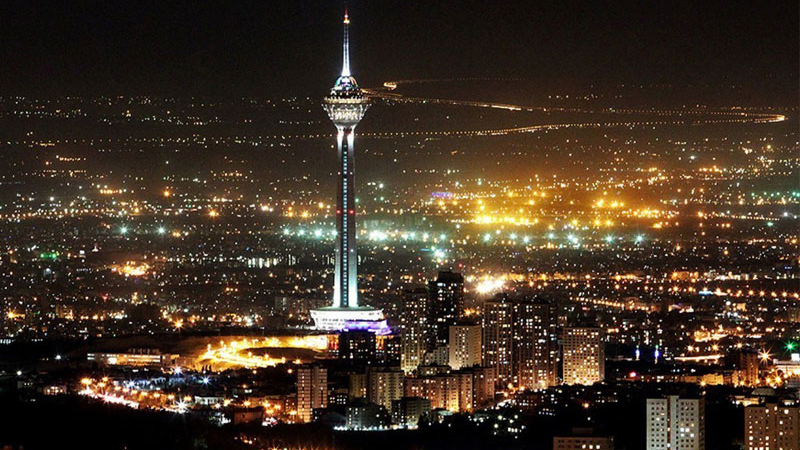
Jame’ Mosque of Yazd
Yazd is one of the desert cities of Iran, which has many historical sites with attractive and eye-catching architecture. Jame’ Mosque of Yazd is one of the important sites of this city, which is also known as “Atiq Jame’ Mosque”, “Old Friday Mosque”, and “Great Jame’ Mosque”.
History of Yazd Jame’ Mosque of Yazd
The evidence shows that before the arrival of Islam in Iran, there was a fire temple in the place where the Jame’ Mosque of Yazd is located today. This mosque was built during the reign of the Saffarid ruler, Amr ibn al-Layth (878 to 900 AD). Later on, Amir Ali ibn Faramarz and his wife, Arslan Khatun, built a minaret next to the mosque. Their son Ala’ al-Din Garshasab also built another mosque next to it.
Historical records show that the maintenance of the mosque was stopped during the Mongol invasion of Iran (1219 AD), but in the 14th century AD, when there was relative peace in Iran, the construction and maintenance of the mosque was resumed. Finally, during the Qajar period, the three mosques that were built next to each other were erased and a mosque with a large courtyard was built in their place. Thus, it can be said that the Jame’ Mosque of Yazd was gradually built over a period of a thousand years, and its completion took place in the four eras of the Saffarid, Timurid, Ilkhanate, and Qajar dynasties.
Architecture and Features of Jame’ Mosque of Yazd
Jame’ Mosque of Yazd has been built in a single-porch style. Its construction method is called “Azari style” in Iranian architecture. The area of the mosque is about 10 thousand square meters. The courtyard of the mosque is so big that it accommodates a large number of people in the course of public gatherings.
Two inscriptions, one in the Kufi script and the other in the Thuluth script, can be seen on the azure tile at the main entrance of the mosque. The names of Shahrukh (the fourth son of the Turco-Mongol ruler, Timur, also known as Tamerlane, who reigned from 1405 to 1447 AD) and Sultan Jahanshah have been written on the inscription above the portal of the mosque. This inscription also has the date of 861 AH (1457 AD) on it.
It is possible to enter the mosque from six entrances on its different sides. The north entrance is directly in front of the porch. The northwest entrance opens to a long corridor with a simple and plain view. Two other entrances to the mosque, one in the southwest and the other in the northeast are currently blocked.
The eastern entrance of the mosque, which is its main entrance, has a 24-meter-high portal. The spectacular decoration of this portal comprises mosaic and girih tile works and arabesque motifs. A vestibule with a beautiful dome can be seen behind this entrance and there is a large space with an octagonal pond in front of the eastern portal of the mosque.
The dome of this Jame’ Mosque has two inner and outer shells, and mesh openings can be seen in its inner shell. A number of plastered ledges are located in front of the openings, which create a beautiful view when the sun shines.
The main mihrab (niche) of the mosque is located under the dome and has been decorated with beautiful tiling works.
The porch of the mosque, which is decorated with mosaic tiles and arabesque and plant motifs, is one of the most beautiful parts of the building. The presence of brickworks and mosaic and Kufic tile inscriptions have doubled the beauty of this porch.
There are two shabestans (naves) in this building, of which the big one is famous for having many columns. This shabestan which is also called “Shahzadeh”, has 48 rectangular-shaped columns decorated with plinths covered with turquoise color hexagonal tiles. There are some windowed alcoves on the western and eastern sides of this shabestan, which were used for making people of stature sit in them during ceremonies. Several dome-shaped arches cover the entire space of this nave and there are some octagonal stone lightwells are placed in its central part.
The vault, which is located at the beginning of the eastern entrance, is built with a square-shaped design at the center and gradually becomes octagonal, 16-sided, and 32-sided as the height increases, and finally becomes circular-shaped.
One of the beauties of the Jame’ Mosque of Yazd, is its minarets, which have become the symbol of Yazd city. With a height of 53 meters, these minarets are the tallest remaining minarets in Iran’s historical monuments.
Keeping in view its importance and unique features, the image of the Jame’ Mosque of Yazd has been printed on Iranian banknotes of 200 Rials value.
The Jame’ Mosque of Yazd was one of first the historical works of this city that was inscribed on the list of Iran’s national heritage in the year 1934 AD.
Jame’ Mosque of Yazd is one of the important sites of this city, which is also known as “Atiq Jame’ Mosque”, “Old Friday Mosque”, and “Great Jame’ Mosque”.
| Name | Jame’ Mosque of Yazd |
| Country | Iran |
| State | Yazd |
| City | Yazd |
| Type | Religious |
| Registration | National |
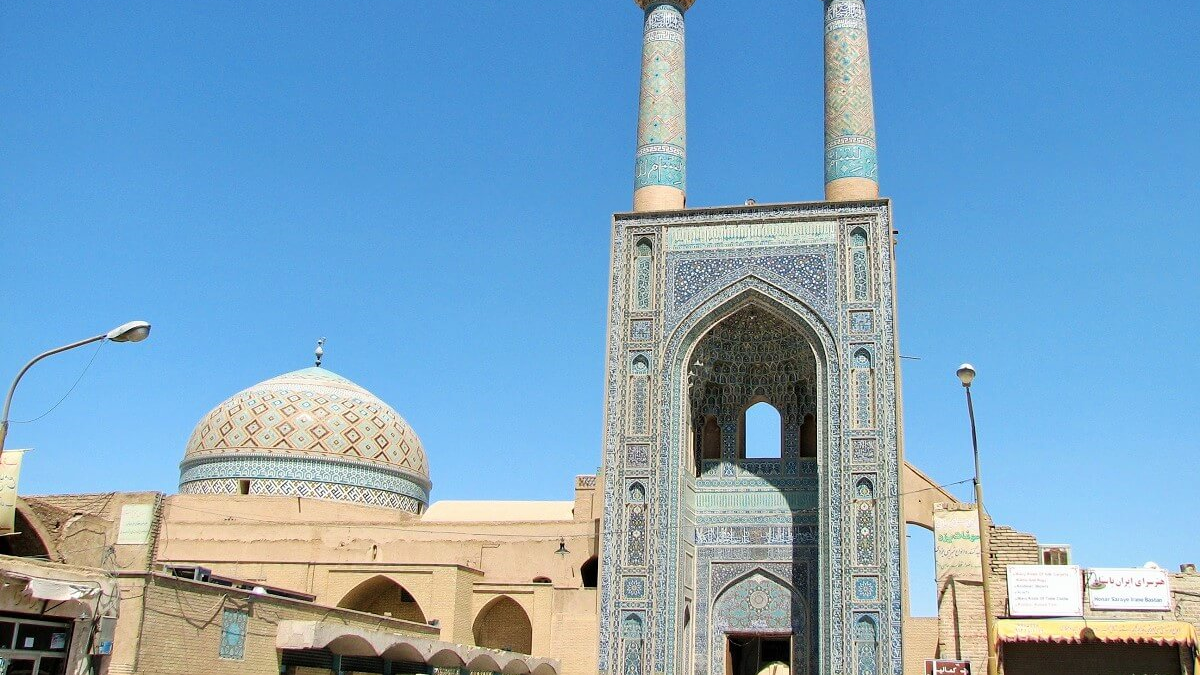
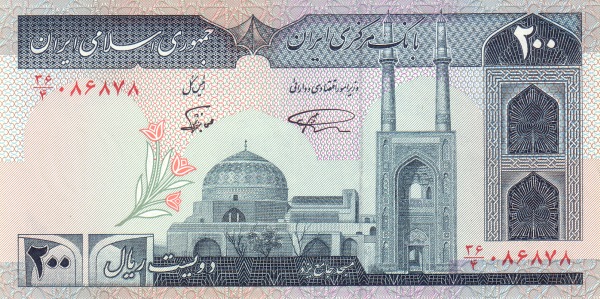
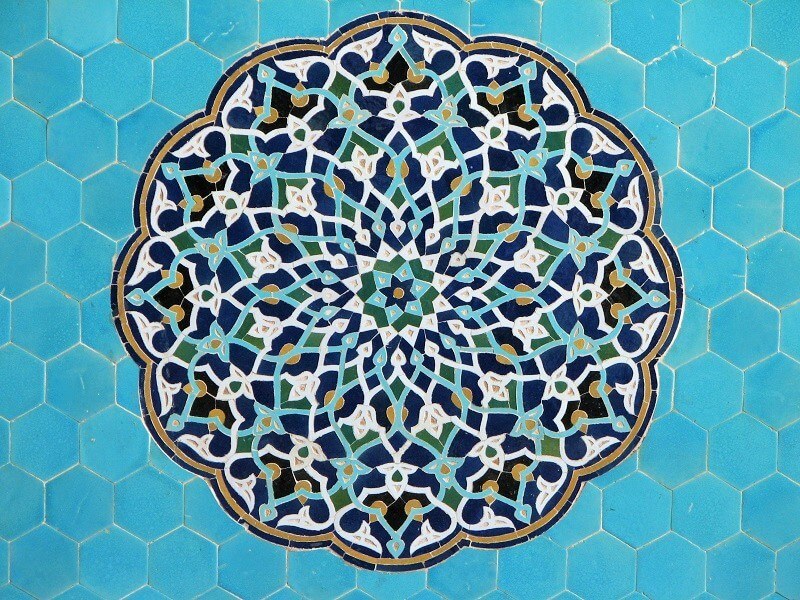
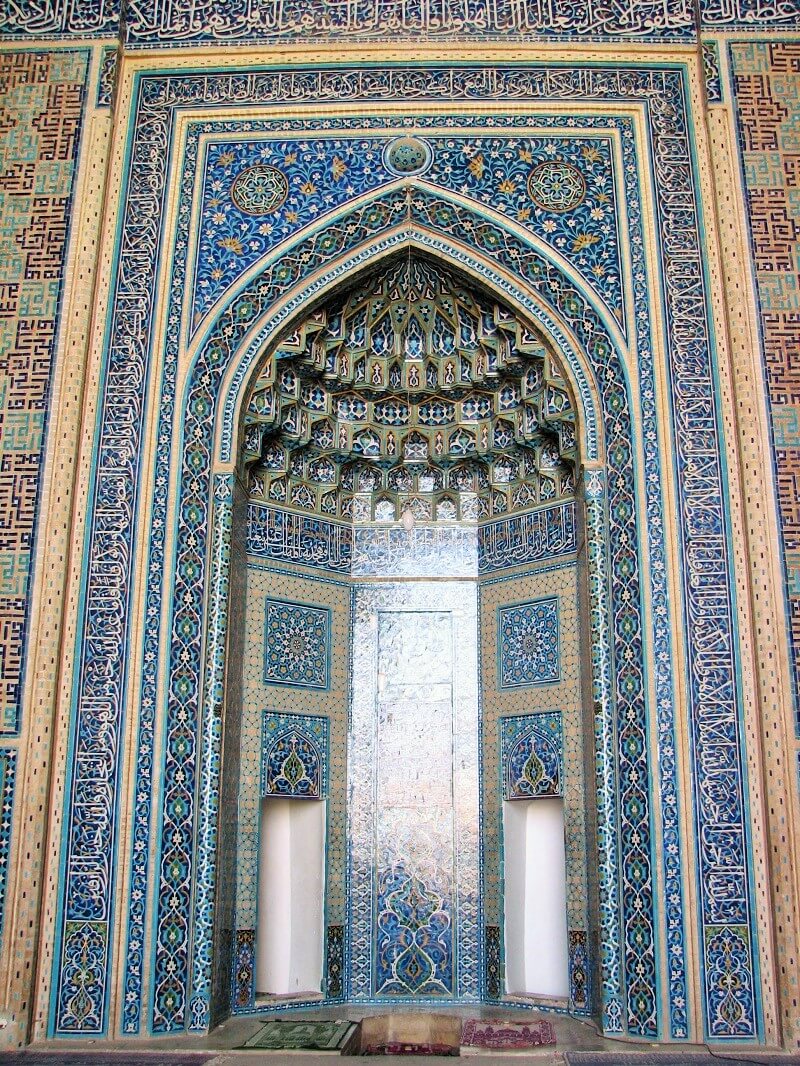
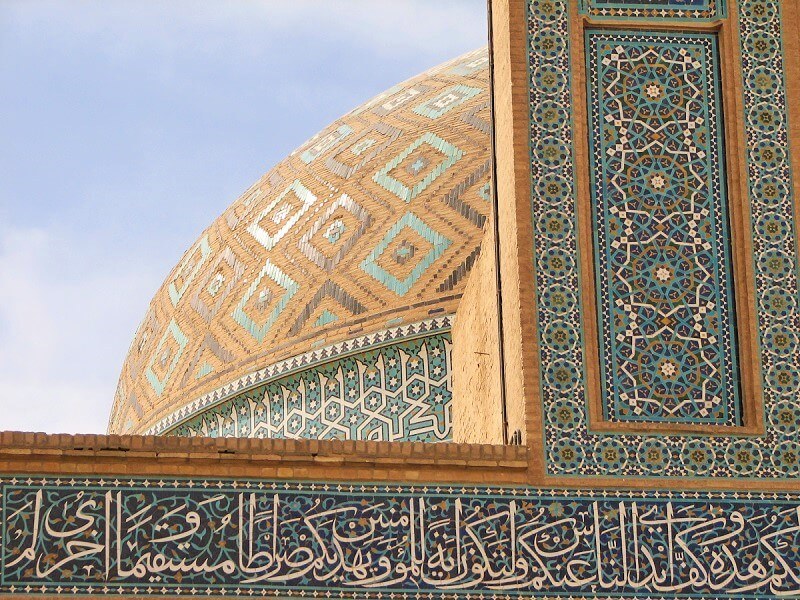
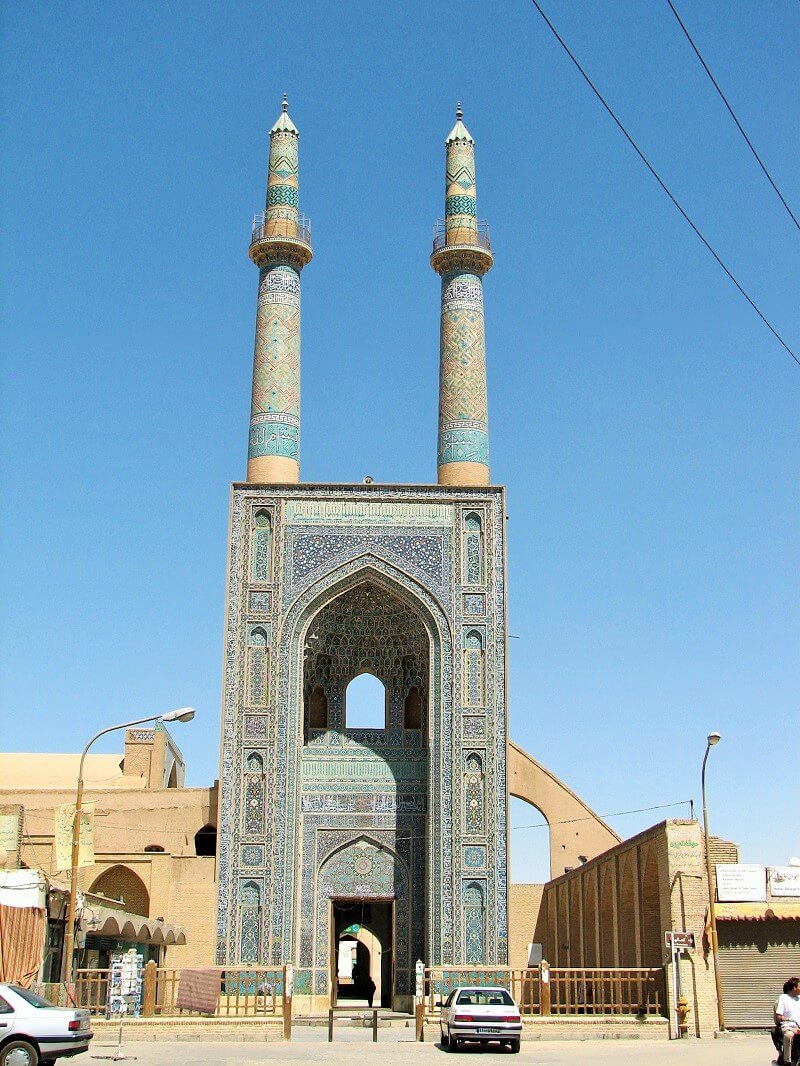






Choose blindless
Red blindless Green blindless Blue blindless Red hard to see Green hard to see Blue hard to see Monochrome Special MonochromeFont size change:
Change word spacing:
Change line height:
Change mouse type:
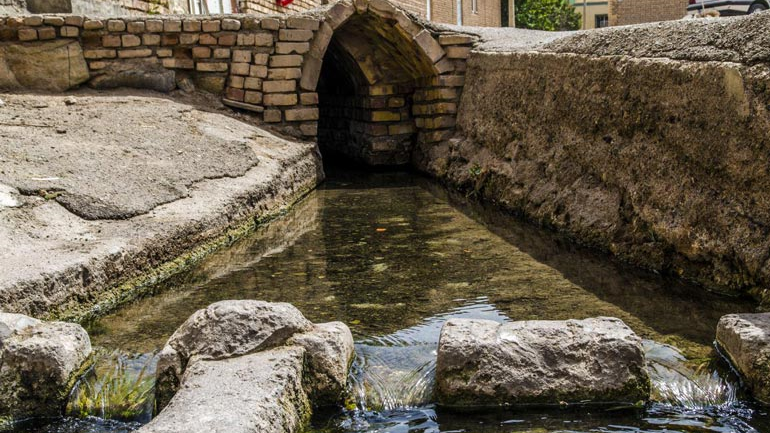
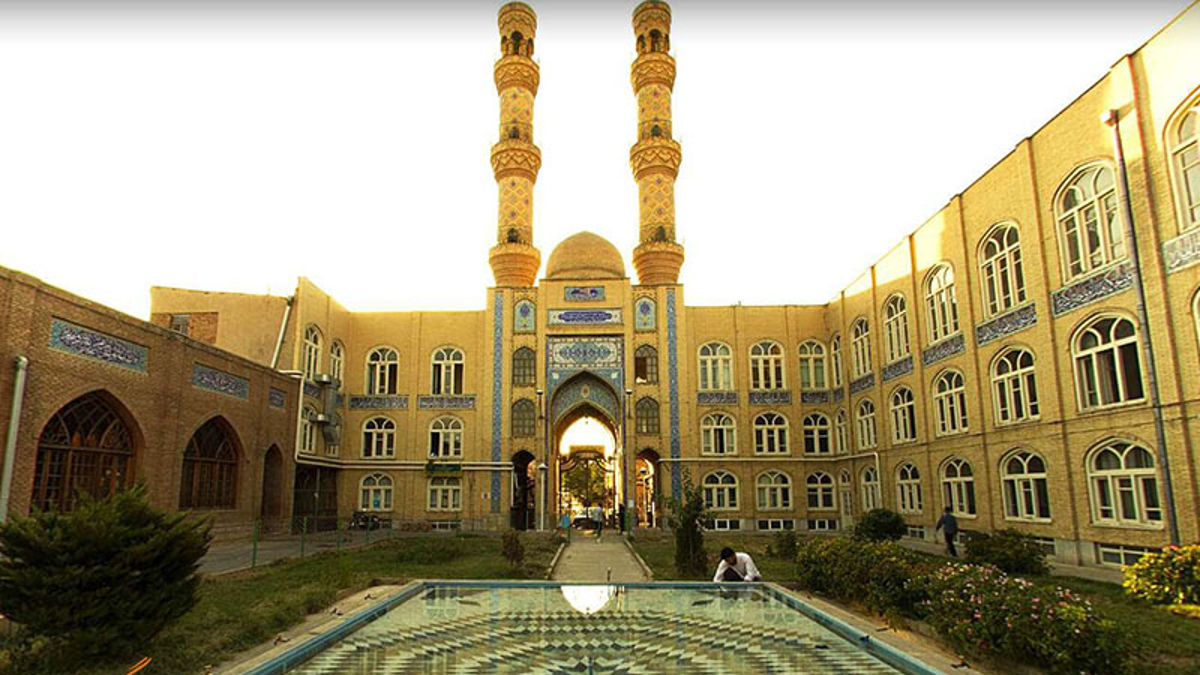

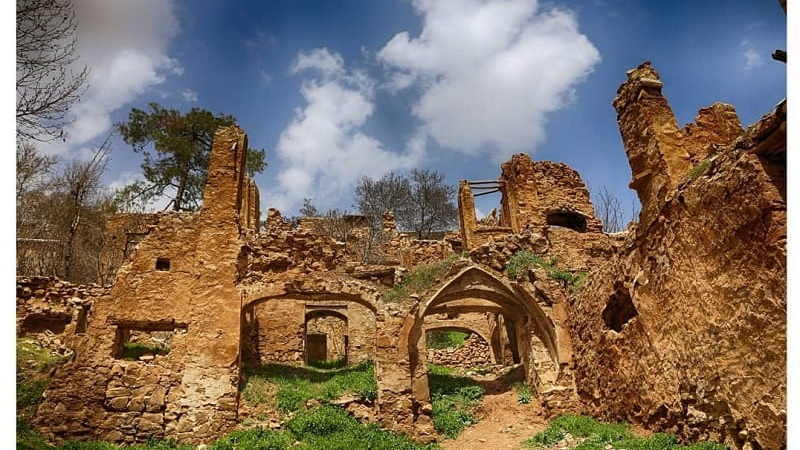

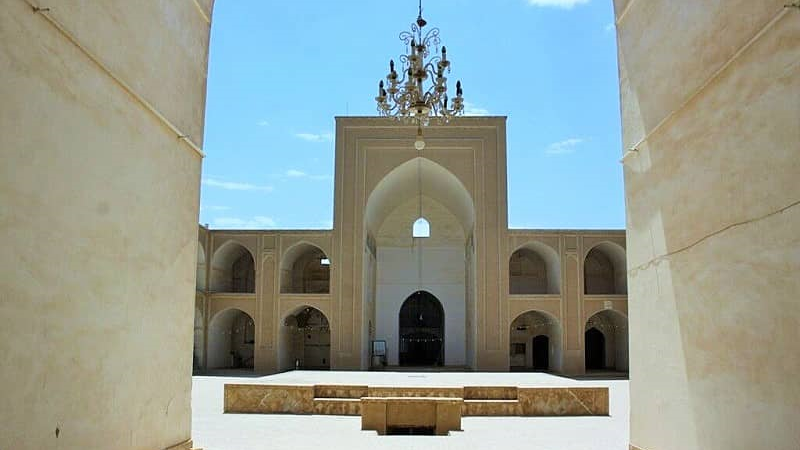
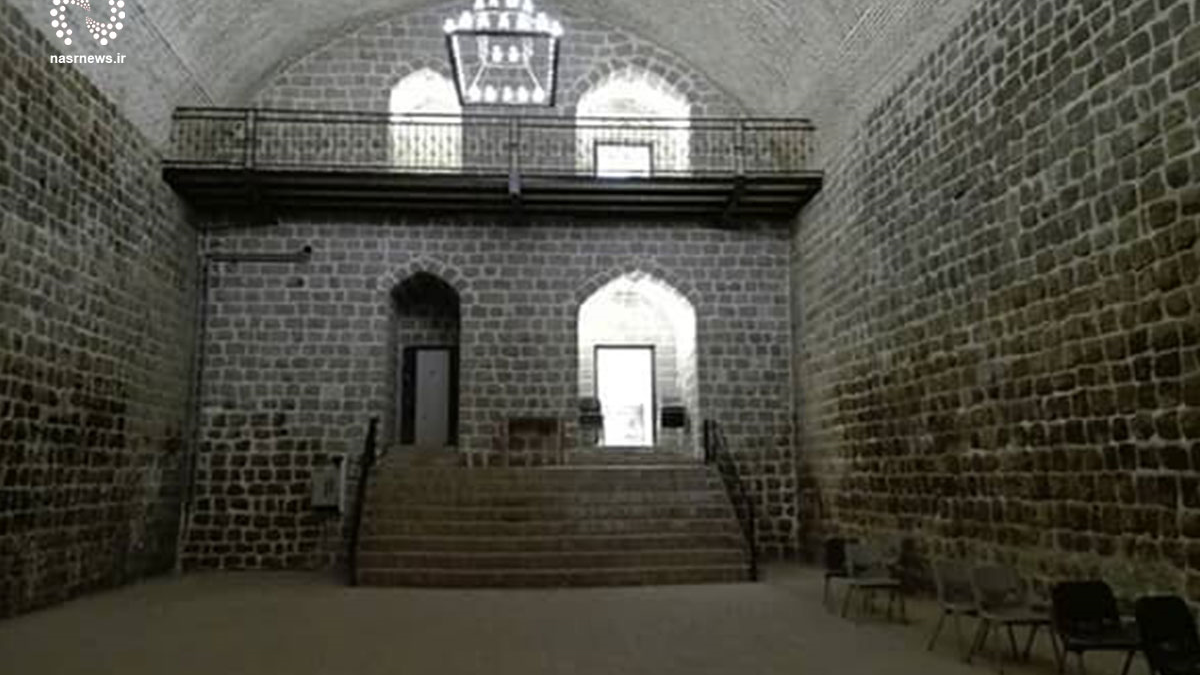
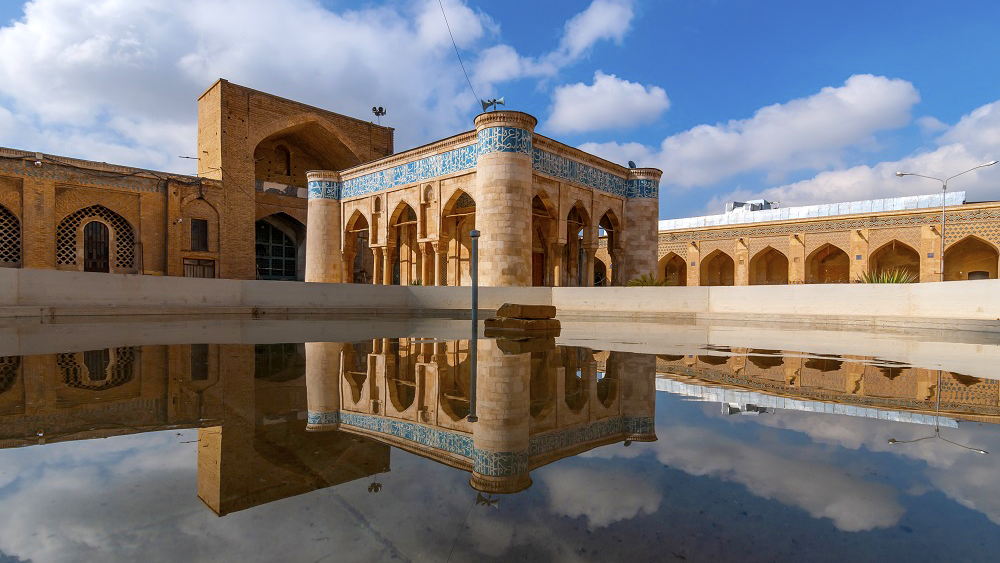
.jpeg)

